There was a certain inevitability about Millstone Cheese. The process of producing most cheeses traditionally creates something approximating a wheel and, with a hole in the middle you have a millstone. But that said it took a couple of people with the passion for both the Peak District and cheese making to create a cheese version of the region’s most iconic of objects.
As is our way (you see I avoided the whey pun there!) we made sure we were able to see the nuts and bolts of the operation by arranging to visit the farm on a cheese making day. Holding an interview over a warm vat of curds was a new experience but it takes more than that to curdle our blood! Sorry, that one slipped out there.
The 60 acre farm is situated between Hathersage and the foot of Stanage Edge. The whole property is in the midst of a renovation that seems set to transform the house and surrounding farm buildings. The facility for cheese making is a revelation. Built inside one of the existing buildings it is clinically clean and super insulated to save energy. We were required to don disposable coats, over-shoes and hair nets before we went inside. Suitably attired, hands washed and having being quizzed to ensure we weren’t going to contaminate the environment we entered the place where cheesy magic happens.
Sophie and James make cheese together. Milk is collected from a single, local herd and pasteurised as it enters the building using a rather efficient heat recovery, continuous pasteuriser that Carol says I had far too much geeky interest in. The performance of this is monitored before and during use to ensure a properly treated raw material enters the cheesemaking area as perfectly pasteurised precursor for cheese making. Except when it’s being pumped into the stainless steel transfer container at the dairy farm next door the liquid milk is fed, gently by gravity to ensure the structure of the milk isn’t changed. The continuous pasteuriser helps in this respect too, heating then quickly cooling the milk to maintain its quality.
The now pasteurised milk starts its journey into cheese, first in large vats where the starter culture and rennet are added. Once the curds and whey have separated the curds are scooped by hand into special moulds. These moulds with a tube in the centre were designed by Sophie using her ingenuity and engineering skills. They’re based on standard, food-safe plastic parts. So instead of costly bespoke cheese moulds you have relatively inexpensive, effective and impressive devices by their hundreds around the place. All that’s left is at the appropriate point to salt, age and wrap the cheeses before despatching it to retailers.
The whey doesn’t go to waste either, as it’s collected and goes to feed the pigs in another part of the farm.
It took three years for the couple to make the journey from making small batches of cheese in their kitchen to making 300 at a time in their purpose built facility. As James observed “The cheese industry is very welcoming.”, so trips to existing cheese producers across France and the UK helped the couple learn the industry and crystalise in their minds the type of product they wanted to create.
That said, as the couple pointed out “You can make the same cheese in the same way in a different environment and end up with a totally different taste.” Fundamentally it’s all about the cheesy flora in the environment of your cheese making facility. This means that the amount of culture added to the milk to start the cheese making process is being constantly tuned to ensure a consistent and delicious product. Both Sophie and James are passionate about this process of making cheese, James in particular being a self-confessed “cheese geek”. We got the impression that he’s not the only one in the industry with an almost obsessive interest in the process of making cheese and the science and skill behind it.
So what’s it like? Well, Millstone Cheese is a soft cheese not unlike Camembert or Brie in texture but with a tangy bitterness that seems to mellow as the cheese ages. I rather enjoyed it, but it wasn’t quite to Carol’s taste. It has a certain butteryness courtesy of the milk used and careful handling of the raw material.
Where to Buy Millstone Cheese
There are a number of small stores and delis stocking millstone cheese right now. You can find a full list here. In the future production may be scaled to allow distribution via larger outlets but that will only happen if Sophie and James are satisfied that the quality of the finished product will not be affected.
The Future for Millstone Cheeses at Cow Close Farm
Aside from the already popular Millstone Cheese we found trials underway at the farm for a blue version of the cheese. Not available yet but keep an eye out for it in the shops in the near future. In the meantime if you love cheese you should try some Millstone Cheese and support another local Peak District business.

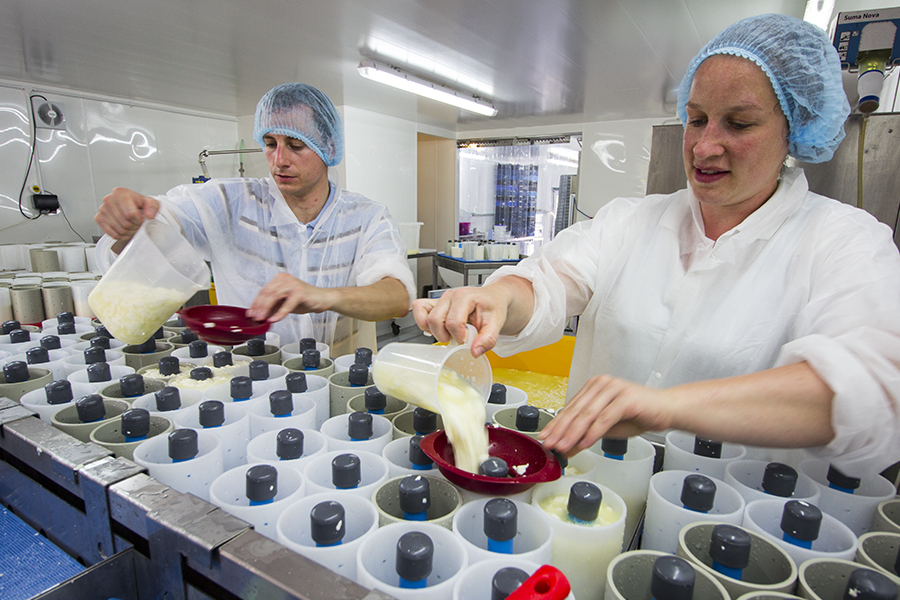
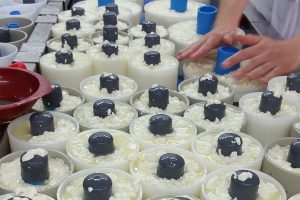
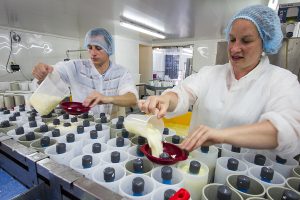

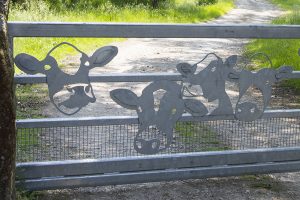

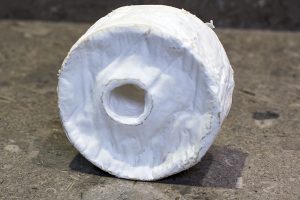
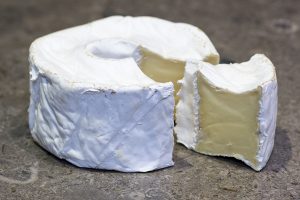

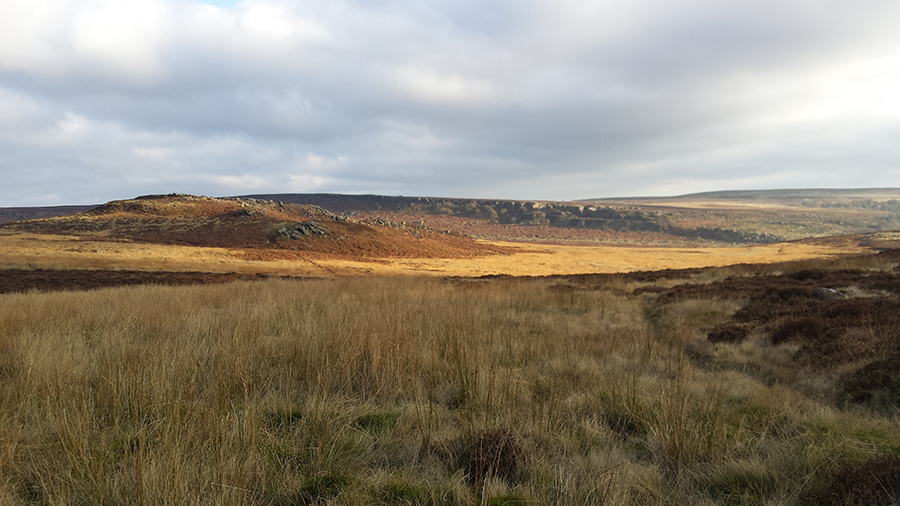



Recent Comments